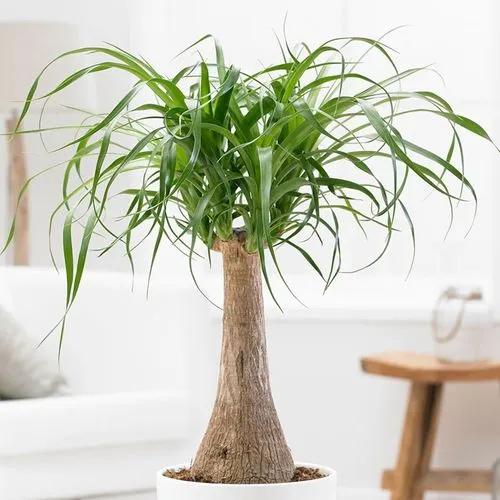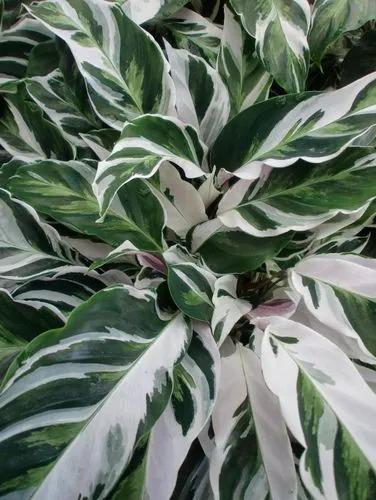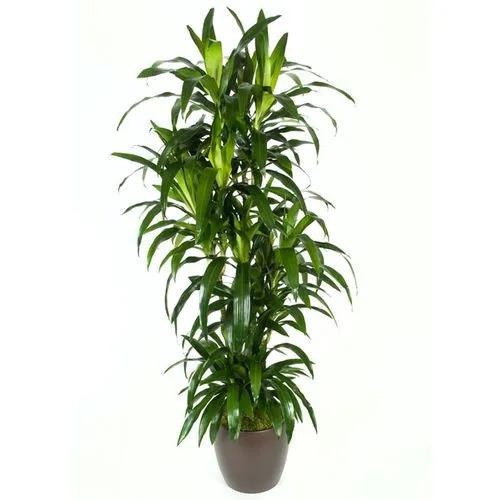Calathea is a houseplant from the Marantaceae family. Its botanical homeland – the warm and forests of South America, today it is widely grown at home. As a rule, the height of its representatives reaches up to 70 cm, but in indoor breeding, you can often find more compact species – 30-50 cm. The main wealth of kalatea is its leaves. They are most often located on long cuttings. Their leaf plate is most often green, decorated with an intricate pattern of spots and colorful stripes. Flowers appear in spring and summer. They are spike-shaped inflorescences, painted in a variety of shades.
Calathea White Star Care
goeppertia majestica
Other names: Calathea Majestica, Goeppertia 'whitestar', Calathea Majestica ‘white Star’



How to Care for the Plant

Water

The calathea is one thirsty plant and does best when watered regularly in order to maintain a consistently moist (but not soggy) soil. Depending on your home environment, this could mean watering your calathea plant every few days, once a week or once every other week—the most important rule of thumb is to never let the soil dry out. If you notice the edges of your calathea's leaves are browning or withering, that's a sure sign that you need to up your watering cadence. Calathea are also surprisingly picky when it comes to the type of water they receive and are known to be sensitive to several minerals typically found in most tap waters, which can cause their leaves to yellow. To avoid this, water your calathea with filtered water, rainwater, or allow your tap water to sit out overnight so that any chlorine or fluoride present can evaporate.

Pruning

Simply cut the leaf with a sharp knife or a pair of scissors near the steam and discard the damaged leaf. Then your plant should turn its efforts to promoting growth in new leaves instead of trying to save dying leaves.

Fertilizer

For the best results (and a luscious, full plant), treat your calathea once a month with a liquid fertilizer at half-strength throughout the spring, summer, and fall, tapering off in the winter months when it naturally grows less.

Sunlight

The White star is not an exemption when it comes to the type of water you can use with prayer plants.

Soil

Care: Keep the soil moist, water when the first inch of soil gets dry. Do not let the plant sit in water.

Temperature

Provide your White star with the necessary humidity level and keep it warm at around 65°F to 80°F (18°C to 25°). There are a lot of available techniques to raise the humidity around your plant.

Additional

No, the Calathea 'White Star' Zebra Plant is not poisonous, however the sap from the plan can cause some skin irritation in people with sensitive skin or allergies. Often mistaken for its relative species, the Calathea ornata or the Pinstripe Calathea, the White star plant has more stripes that almost fill the whole leaf. It also resembles the Vittata variety. Given proper care, this plant can grow as high as 4 to 5ft in large pots and the leaves can become very long.

Popularity

121 people already have this plant 27 people have added this plant to their wishlists
Discover more plants with the list below
Popular articles






